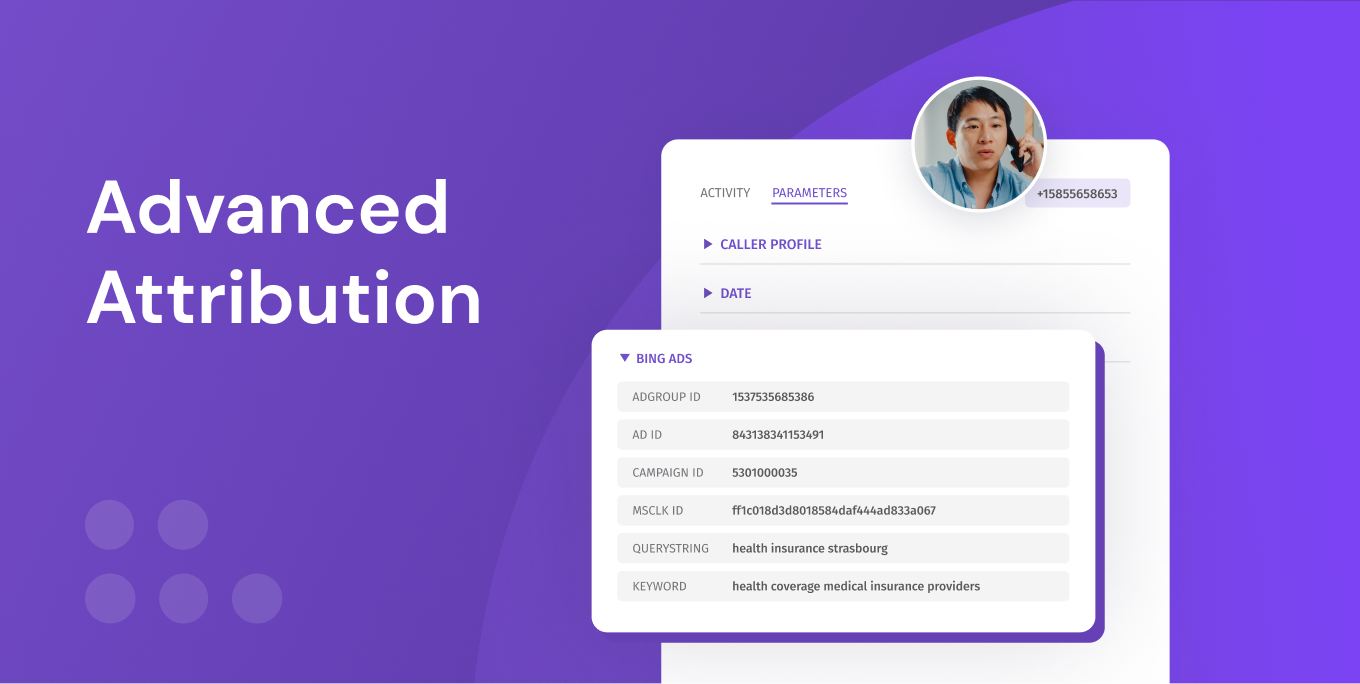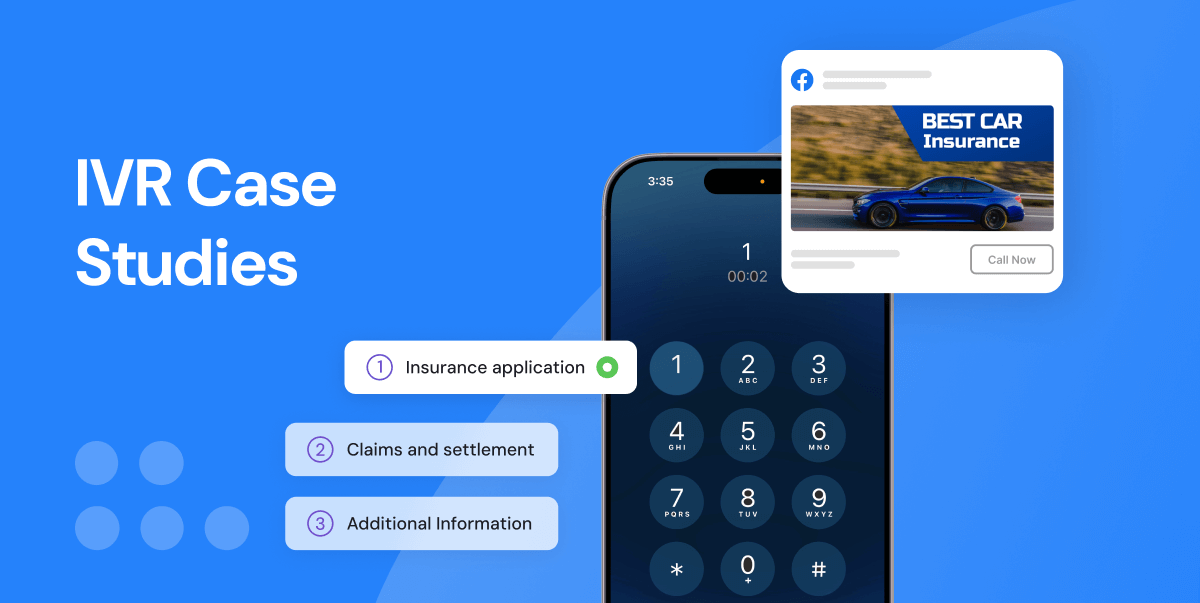Beyond Last Click: Unveiling the Multi-Touch Journey With Advanced Attribution Models
11 min read
December 10, 2024

Ready to improve your marketing ROI?
Fast registration. User-friendly interface. Robust integrations.
In an era dominated by data-driven marketing strategies, the advent of advanced attribution models marks a significant evolution from the traditional last-click metrics. The limitations of last-click attribution have increasingly become apparent, underlining the necessity for a more holistic view of the consumer journey.
By exploring multi-touch attribution, marketers can gain nuanced insights into the complex interplay of various touchpoints leading to a conversion. This shift not only promises to enhance the accuracy of performance measurement but also opens up a world of possibilities for optimizing marketing strategies.
To effectively capitalize on the potential of advanced attribution models, businesses must understand the integral role of various analytical tools, including call analytics. Call analytics offers a critical insight into the customer journey by tracking phone call origins, allowing marketers to attribute conversions to the right touchpoints. This empowers businesses with the data necessary to refine their marketing strategies for optimal performance and ROI. Incorporating call analytics into a multi-touch attribution framework paves the way for a truly comprehensive view of marketing effectiveness, bridging the gap between online and offline interactions.
Key Takeaways
- Advanced attribution models provide a comprehensive view of the consumer's path to purchase, beyond the last click.
- Implementing multi-touch attribution (MTA) allows for optimal budget allocation and strategic marketing adjustments.
- Success with advanced attribution models demands a robust technological setup and continuous adaptation to market changes.
- Last-click attribution models fail to capture the complexity of modern consumer behavior, underscoring the need for more sophisticated approaches.
Understanding Attribution Models
Attribution models serve as invaluable frameworks that allow marketers to accurately assess the impact of different touchpoints along the customer journey. By analyzing how each interaction influences a consumer's decision to convert, businesses can optimize their marketing strategies to achieve better outcomes. These models range from simple, rule-based approaches to complex, algorithm-driven systems, each offering a vital perspective on the path to conversion.
Understanding the various types of attribution models is pivotal for marketers aiming to allocate their budgets more effectively. First-touch and last-touch models provide insights into the importance of initial and final interactions, respectively, but they offer a limited view of the customer journey. In contrast, multi-touch attribution (MTA) models, such as linear, time decay, and position-based models, recognize the value of multiple touchpoints, offering a more nuanced understanding of consumer behavior.
Implementing an effective attribution model enables marketers to identify which channels and tactics are most effective, allowing for smarter investment in marketing efforts. This, in turn, leads to improved return on investment (ROI) and a deeper understanding of customer interactions across various platforms and devices. As the digital landscape evolves, the ability to accurately attribute conversions becomes increasingly critical for businesses seeking to maximize their marketing efficiency.
The Limitations of Last Click
While understanding various attribution models lays the groundwork for effective marketing strategy optimization, it's important to recognize the shortcomings inherent in the final-touch approach. Mainly, the final-touch model credits the final touchpoint before conversion, overlooking the complexity of the customer journey. This simplistic view fails to acknowledge the influence of preceding interactions, which may include various marketing channels and touchpoints that initially engaged and nurtured the prospect. Consequently, marketers may undervalue or overlook the effectiveness of upper-funnel marketing efforts that contribute to brand awareness and consideration.
The final-touch attribution's narrow focus also encourages a skewed investment in bottom-funnel activities, potentially leading to an imbalance in marketing strategies. This can result in underfunding channels that play pivotal roles in the early and middle stages of the customer journey, impairing long-term brand building and customer relationship development. Additionally, this model does not accommodate the multi-device, multi-platform reality of consumer behavior, where cross-channel and cross-device interactions complicate the path to conversion.
Exploring Multi-Touch Attribution
Exploring Multi-Touch Attribution introduces a sophisticated method for analyzing the consumer's path to purchase by considering each interaction along their journey. This approach acknowledges that the buyer's decision-making process is influenced by multiple touchpoints, from initial awareness through to the final purchase decision. By attributing value to each of these touchpoints, marketers can gain a more nuanced understanding of how various channels contribute to conversions.
Multi-Touch Attribution (MTA) models vary in complexity, from simple linear models that assign equal credit to all interactions, to more advanced algorithms that weigh touchpoints differently based on factors such as timing, channel, and content engagement. This variation allows for flexibility in approach depending on the specific goals and resources of a marketing team.
The adoption of MTA offers several benefits. To start, it enables marketers to optimize their budget allocation across channels more effectively, by highlighting which touchpoints have the greatest impact on consumer behavior. Next, it provides insights into the customer journey, revealing potential areas for improvement in engagement strategies. Finally, MTA fosters a more customer-centric marketing approach, focusing on creating a cohesive experience across all touchpoints rather than optimizing individual channels in isolation.
Implementing Advanced Models
Having established the foundational principles and benefits of Multi-Touch Attribution, the next step involves the practical aspects of integrating more sophisticated models into marketing strategies.
The shift from traditional to advanced multi-touch attribution (MTA) models begins with a thorough data audit. This process involves identifying all potential touchpoints and confirming the availability and quality of data collected at each stage. Marketers must embrace technologies capable of handling large datasets with diverse information types, from web analytics to CRM data, to guarantee seamless integration.
Next, selecting the right MTA model is critical. The choice depends on the business's specific goals, the complexity of the customer journey, and the available data. Whether it's time decay, linear, or a more intricate algorithmic model, understanding its underlying assumptions and how it attributes conversion credit across touchpoints is vital.
Implementing advanced MTA models also demands a robust technological infrastructure. This often involves leveraging machine learning and artificial intelligence capabilities to process data in real time, allowing for more dynamic attribution that can adapt to changes in the marketing environment.
Measuring Success Correctly
Accurately gauging the effectiveness of advanced Multi-Touch Attribution (MTA) models is essential for optimizing marketing strategies and achieving desired outcomes. The shift from traditional attribution models to sophisticated MTA approaches requires a nuanced understanding of performance measurement. To effectively measure success, businesses must consider several key factors that contribute to a thorough evaluation.
- Establish Clear Objectives: Before implementing an MTA model, it's important to define specific, measurable goals. These objectives will serve as benchmarks for evaluating the performance of marketing efforts.
- Utilize Holistic Metrics: Instead of relying solely on last-click conversions, incorporate a variety of metrics that reflect the customer's journey. This includes first-touch attribution, intermediate interactions, and assisted conversions.
- Leverage Advanced Analytics: Advanced analytics tools can provide deeper insights into customer behavior and campaign performance. Use these tools to identify patterns, trends, and areas for optimization.
- Continuous Testing and Optimization: The digital marketing landscape is ever-evolving. Regularly testing and refining your MTA model based on real-world data ensures it remains aligned with changing market dynamics and consumer behaviors.
Discover Us - Dialics
Are you ready to elevate your sales ROI? Dialics is your go-to solution for upgrading your ad campaigns with cutting-edge call tracking, virtual numbers, and real-time analytics!
-Unlock Your Business Potential with Dialics
-Streamline Your Ad Campaigns for Maximum ROI
-Harness the Power of Call Tracking and Virtual Numbers
-Dialics: Instant Analytics for Improved Sales ROI
-Revolutionize Your Marketing with Dialics Call Tracking Technology
Here's how Dialics can transform your marketing efforts and maximize return on investment:
- Call Tracking Boost: Discover how our tracking numbers can uncover valuable insights, helping you optimize campaigns for better performance.
- Seamless Call Management: Never let another opportunity slip away with our advanced call routing and forwarding system. We're all about keeping you connected.
- Pinpoint Accuracy: Our call attribution solution measures the most critical metrics, so you know where leads come from and how to generate them more effectively.
- Simple Setup: Jump into action with 4 Easy Steps to make the most of our platform, from campaign creation to real-time call monitoring.
Tailored Solutions for Pay-Per-Call Excellence
Dialics specifically addresses the unique challenges faced by pay-per-call businesses:
- Real-Time Analytics: Dive deep into data-driven insights, and adjust your strategies to enhance lead quality.
- Conversion Mastery: Maximize lead conversion with flexible call handling and automated processes.
- Profit Analysis: Identify and focus on the campaigns that deliver the highest returns.
- Vendor Expansion: Grow your network and increase call volume by managing and supporting vendors effectively.
- Call Monetization: Elevate your pay-per-call venture into a thriving marketing agency by connecting vendors with buyers and overseeing performance seamlessly.
Our Journey to Success
The Dialics story began in 2018 with a vision: to empower businesses to enhance the effectiveness of their ad campaigns. Today, our team of over 40 dedicated marketing and software development professionals is committed to delivering quality and personalization. Our customers' success is what drives us forward.
Dialics Difference: Powering Global Marketing Goals
Our commitment extends beyond just offering robust MarTech tools. We strive to help you unlock your full potential:
- Our Mission: Empower clients across the globe to achieve success and unlock new opportunities with our advanced digital technologies in MarTech.
- Our Vision: Providing an intuitive cross-channel analytics service that fine-tunes your advertising efficiency and simplifies marketing complexities.
By the Numbers: Dialics' Impact on Business Growth
- Over 12,800 satisfied clients, enhancing their businesses with our solutions.
- An impressive 98% satisfaction rate, with clients eager to recommend our platform.
- A wealth of knowledge with 50+ informative articles on marketing and software development.
- Round-the-clock support, ensuring prompt and quality resolutions to any issue.
Dialics Core Values
- Customer-Centric: We prioritize our customers, striving to exceed their expectations and foster long-lasting relationships.
- Agile Innovation: Our adaptable approach allows us to keep up with changing landscapes, delivering tailored solutions every step of the way.
- Uncompromising Security: We take data protection seriously, ensuring security and compliance so that our clients can proceed with confidence.
→ PRODUCT
-Demo
→ RESOURCES
-Blog
→ COMPANY
Ready to supercharge your sales ROI with Dialics? Get started today and witness the growth you've been striving for!
Conclusion
The shift from rigid last-click attribution models to more dynamic and intricate multi-touch attribution (MTA) models offers a nuanced understanding of the customer journey, recognizing the impact of multiple touchpoints leading to conversion. However, successful implementation of these advanced models requires significant technical infrastructure, continuous adaptation to evolving market dynamics, and precise performance measurement.
Dialics, as a tech-forward company, provides advanced solutions like call tracking, real-time analytics, and virtual numbers optimizing the marketing efforts of numerous businesses. Emphasizing customer-centricity, agile innovation, and rigorous data security, Dialics customizes its marketing technology tools to suit its clients' unique needs, driving conversions, and boosting ROI.
Businesses can utilize Dialics’ platform to leverage actionable insights from real-time data and optimize their customer journey strategies effectively. By integrating Dialics into their marketing strategies, businesses can achieve an intuitive and efficient cross-channel analytics service, streamlining their advertising and minimizing marketing complexities.
FAQ
What are advanced attribution models?
Why is moving beyond last-click attribution important?
What are some examples of advanced attribution models?
- Linear attribution: Equally credits each touchpoint along the customer's journey.
- Time decay attribution: Credits touchpoints closer to the time of conversion more heavily.
- Position-based attribution: Allocates more credit to both the first and last interaction, with less credit to the middle touchpoints.
- Data-driven attribution: Uses algorithms and machine learning to assign credit to each touchpoint based on its actual impact on conversion.
How do advanced attribution models enhance marketing strategies?
- Better understand the effectiveness of each channel and campaign.
- Optimize budget allocation across marketing channels.
- Tailor messages and strategies to influence key touchpoints.
- Improve overall marketing ROI by investing in strategies that truly drive conversions.
Can small businesses benefit from advanced attribution models?
What challenges do marketers face when implementing advanced attribution models?
- Data complexity and integration issues across different platforms and channels.
- The need for a solid understanding of analytics and modeling techniques.
- Resistance to change from relying on simpler, though less effective, attribution models.
How can marketers overcome these challenges?
- Start with more straightforward models, such as linear or time decay, before adopting more complex ones.
- Invest in attribution tools and platforms that offer user-friendly interfaces and integration capabilities.
- Seek training or partner with analytics professionals to better understand and implement these models.
What is the future of attribution modeling in digital marketing?
Ready to improve your marketing ROI?
Fast registration. User-friendly interface. Robust integrations.
Recently viewed posts
Related posts



